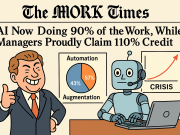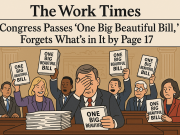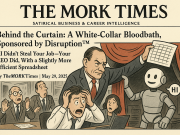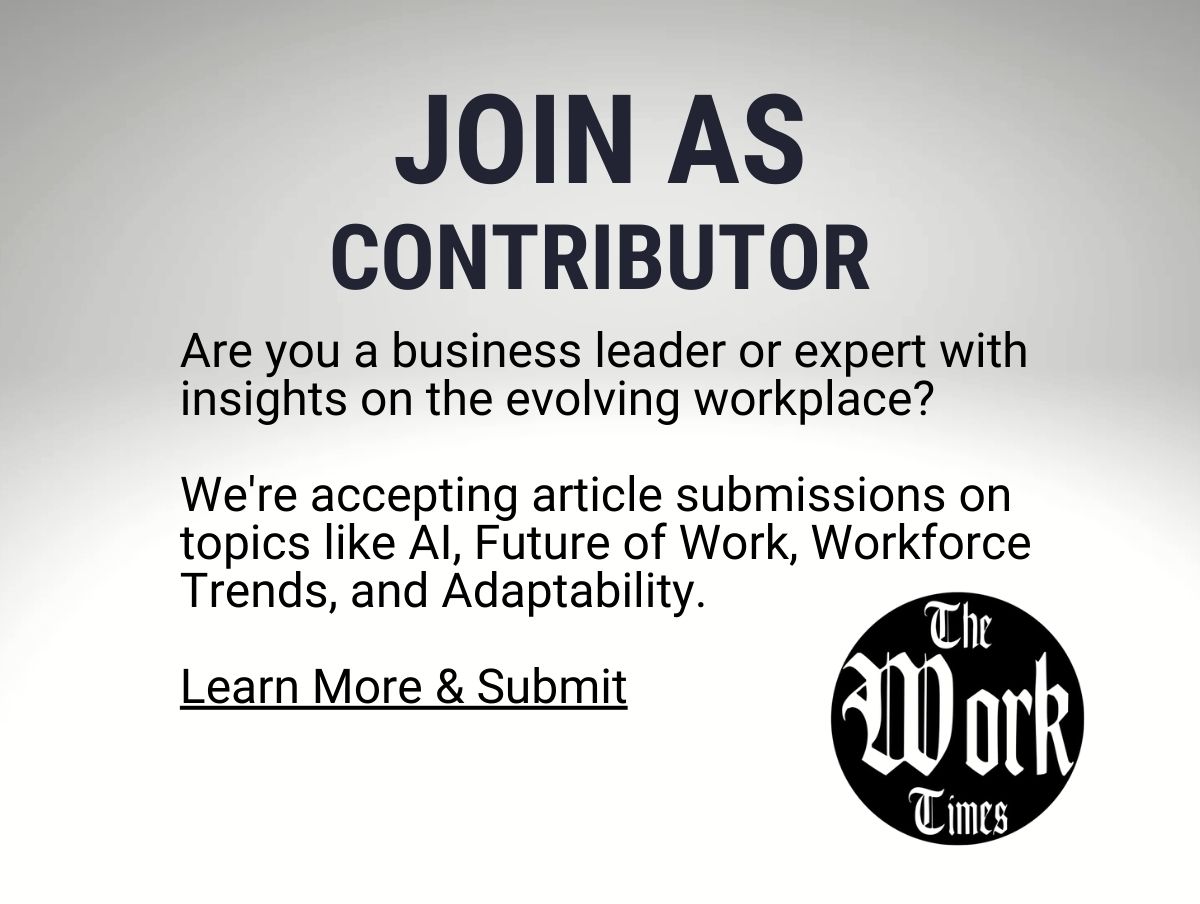The Disruption of the Resume
Walking the floor of TechCrunch Disrupt25 you feel it in your veins: the buzz, the deal-flow, the urgency. In three days you’ll handshake dozens of founders, investors, scouts and partners—and the pressure is on to strike on talent and alliances quickly. But speed can kill quality. As the hype intensifies, so does the risk of hiring or partnering with someone whose résumé glitters but whose DNA doesn’t.
Resumes and polished elevator pitches are optimized to hide risk and friction. They’re carefully curated snapshots of success and keywords—AI, blockchain, SaaS, unicorn-potential. But if you’re recruiting founder-level talent or hunting a high-stakes startup partnership, you can’t vet for resilience, authenticity or peer-fit in a badge scan or a two-minute booth chat.
This guide offers you something far more concrete: a high-signal framework to cut through the noise, ditch the keyword-hiring trap and assess the collaboration skills that truly predict success in the post-Disrupt grind. Use this to leave the event not just with business cards, but with genuine bets.
The Failure of the Traditional Interview
When you’re embedded in conference mode, you fall into two classic traps.
- The “Keyword Trap” – At Disrupt, everyone says they’re doing GenAI, blockchain-interop, deep-tech infrastructure, you name it. You hire someone because they’ve said all the buzzwords—but you never verify how they actually applied them. Someone may talk “AI” but didn’t ship a product. In the world of founder-level talent or a partner you’ll lean on, function matters more than phraseology.
- The “Polite Trap” – At a startup conference, everyone’s on their best behaviour. You won’t witness how they behave when things fall apart, when the roadmap derails or the system snaps. The elevator-pitch with sugar-coated traction hides how they deal with ambiguity and conflict.
Traditional interview questions won’t serve you. Ask “Where do you see yourself in five years?” and you’ll get a rehearsed answer. Ask “Tell me about your management style” and you’ll get the LinkedIn version. What you need to do is to see someone co-create a solution to a problem without a single right answer—a “problem-solving test.”
If you can sit across from someone and ask: “Let’s talk through a scenario where you didn’t know the answer. How did you figure it out?”—you’ll see more of who they are than what they claim to be.
The Three Non-Negotiable Questions
When you’re vetting founder-level talent or a partner for your startup after Disrupt, treat it like underwriting an investment. Here are the three questions that matter—and what you should listen for.
The Problem-Solving Test: Exposing Critical Thinking
The Question:
“Tell me about a project that failed not because of execution, but because of a flawed premise. What was the core ambiguity you failed to address?”
Why it Works:
This question forces the candidate or partner to move beyond a success story, dive into the strategic mess, and surface behaviour that reveals true founder-DNA:
- Intellectual humility: Do they admit a foundational mistake, or do they sidestep it?
- Root-cause analysis: Can they distinguish between a tactical screw-up (we missed budget) and a strategic one (we assumed the wrong user-problem)?
- Ownership vs blame: Are they saying “We” or “They”? Are they reflecting on what we missed or what they did wrong?
What to Listen For:
- “We discovered that our user persona was wrong” is far better than “They didn’t buy.”
- Look for language that shows insight into ambiguity: “We assumed the market would accept our model,” or “We thought integration would be easy and overlooked adoption hurdles.”
- Watch for evasiveness or story-glossing: Anyone who says “Oh yes it failed” without walking you through what they learned is less valuable than someone who details the nuance.
Assessing Collaboration: Peer-Fit and Vulnerability
The Question:
“Describe a situation where a peer fundamentally disagreed with your roadmap/solution. How did you document the final decision and ensure that peer remained bought-in?”
Why it Works:
High-stakes growth at scale isn’t a solo sport. You’re looking for someone who can work with peers, manage conflict, stay aligned and preserve trust when the roadmap hits chaos. This question surfaces:
- Peer-fit: How they handle disagreement and whether they value peer feedback.
- Vulnerability: Whether they trust others to point out risks and whether they remain open.
- Decision-making process: Did they make the decision and communicate it transparently? Did they own the follow-through?
What to Listen For:
- “We mapped the trade-offs together, and wrote a decision memo with who owned what” beats “I overruled them.”
- Look for evidence of documentation—a final decision record, a shared pointer. It shows process discipline.
- Pay attention to how they describe the relationship after the fact. Did the peer remain an advocate or become an obstacle?
The Partnership Checklist: Exposing Non-Technical Risk
The Question (for partners or strategic alliances):
“If our co-sell initiative fails, which of the three core trade-offs (equity, control, or customer overlap) will be the reason? Let’s agree on that risk now.”
Why it Works:
When you’re choosing a partner (or even a founder-hire that will act as a partner), you’re not just picking technology competence—you’re underwriting non-technical risk. This question forces a candid conversation about three trade-offs often left unspoken:
- Equity/Compensation: Who gets credit for revenue?
- Control/Priority: Whose roadmap drives the integration or the initiative?
- Customer Overlap: Are we actually competing for the same user base?
By raising the question now, you avoid the silent misalignment that surfaces later when the metrics don’t line up.
What to Listen For:
- Clarity: “If we fail, I believe it’s because customer confusion will kill it—not control” is better than “I don’t see why we’d fail.”
- Ownership: You want someone who says “I’ll own that risk” rather than “Let’s wait and see.”
- Alignment: Does their risk framing mirror yours, or are they silently assuming you’ll give up control?
Conclusion
Stop treating Techcrunch Disrupt25 like a recruitment fair where you fish for résumés and hope for luck. Treat it like a vetting furnace where you’re identifying founder-peers, not just employees or surface partners. The event introduces; your framework vets.
High-quality partnerships and talent don’t come from buzzwords—they come from structured, high-signal interactions that reveal how people think, collaborate, and own risk. If you deploy the three questions above, you’ll leave Disrupt25 not just with contacts—but with vetted bets.
Backed by trends in the startup ecosystem—where both technical chops and founder-mindset make or break deals—this framework helps you sharpen your hiring and partnership ROI at events like Disrupt25. Because in the end, talent and alliances are your real investments.
Read more Work Stories..
Contact Us for News Tips




























